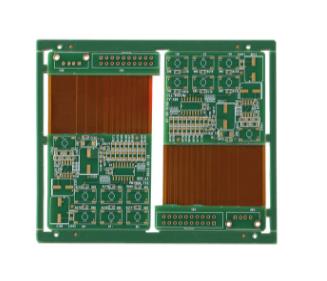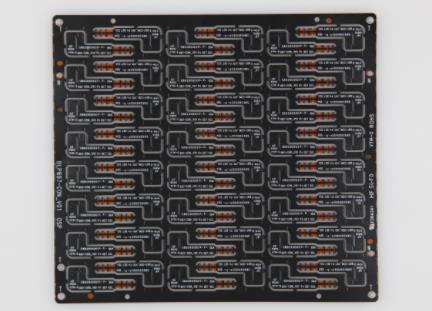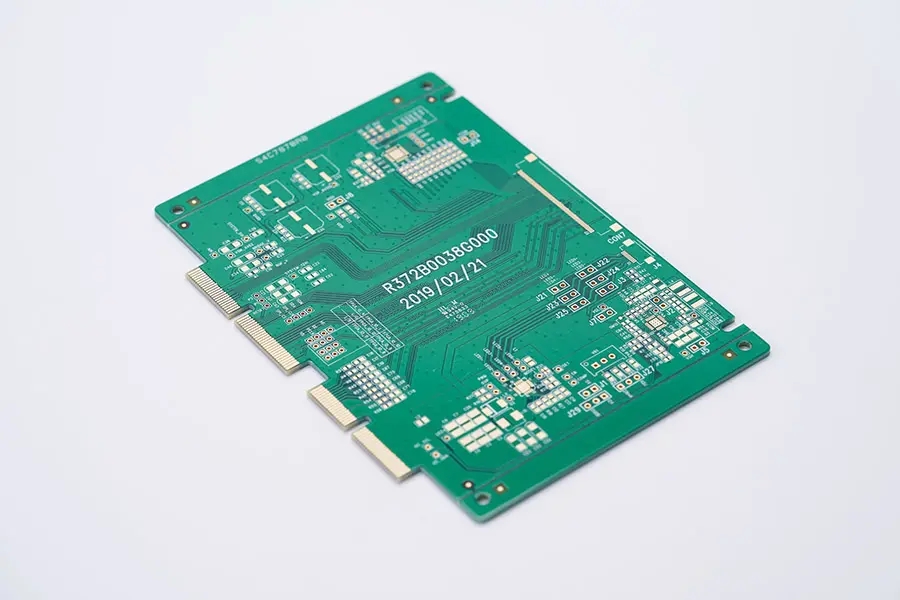
What materials are the soft and hard combination boards of circuit boards made of?
PCB manufacturers, PCB designers and PCBA manufacturers explain to you that you know the soft and hard combination boards of PCB manufacturers? What materials are they made of?
The birth and development of FPC and PCB gave birth to the new product of soft and hard combination board. Therefore, the soft and hard combination board is a circuit board with FPC characteristics and PCB characteristics formed by combining the flexible circuit board and the hard circuit board according to relevant process requirements after pressing and other processes.
Advantages: The soft and hard bonding board has the characteristics of FPC and PCB at the same time. Therefore, it can be used in some products with special requirements, including certain flexible areas and certain rigid areas. It can greatly help to save the internal space of the product, reduce the volume of the finished product and improve the product performance.

Disadvantages: There are many production processes for soft and hard bonding plates, which are difficult to produce, low yield rate, and more materials and manpower. Therefore, the price is expensive and the production cycle is long.
Soft and hard combination plate:
As a special interconnection technology, the soft and hard combination board of the circuit board factory provides a new connection mode between electronic components. It can realize the two-dimensional design and fabrication of circuits, and the three-dimensional interconnection and assembly, thus reducing the assembly size and weight of electronic products. It has the characteristics of light, thin, short and small.
Soft and hard combination boards can replace connectors, reduce the number of connectors and save costs; The electric performance can still be maintained after repeated bending for more than 100000 times; It can realize impedance control of the thinnest insulating carrier plate, reduce weight, installation time and cost; The material has high heat resistance and better thermal diffusivity. At present, the soft and hard bonding plates have the disadvantages of complex process, high production cost, and difficult to change and repair.
Material introduction of soft and hard combination board
The processing substrate material of the soft and hard bonding board is the same as that of the flexible circuit board, which is the flexible copper clad laminate (FCCL). FCCL refers to the copper clad plate formed by bonding one or both sides of flexible insulating materials such as polyimide film or polyester film with copper foil through certain process.
Among them, the flexible copper clad laminate composed of copper foil, film and adhesive is called three-layer flexible copper clad laminate (3L-FCCL for short). The flexible copper clad laminate without adhesive is called two-layer flexible copper clad laminate ("2L-FCCL" for short).
The composition of FCCL mainly includes the following three categories of materials:
Insulating base film materials: polyimide film (PI film) and polyester film (PET film) are the most widely used at present.
Metal conductor foil: copper foil, aluminum foil and copper beryllium alloy foil are commonly used. Copper foil is mostly used, including electrolytic copper foil (ED) and calendered copper foil (RA).
Adhesives: mainly polyester adhesive, acrylic adhesive, epoxy or modified epoxy adhesive, polyimide adhesive, phenolic butyraldehyde adhesive, etc. In 3L-FCCL, adhesives are mainly divided into acrylic adhesives and epoxy adhesives. PCB manufacturers, PCB designers and PCBA manufacturers explain to you that you know the soft and hard combination boards of PCB manufacturers? What materials are they made of?







